Deer Research
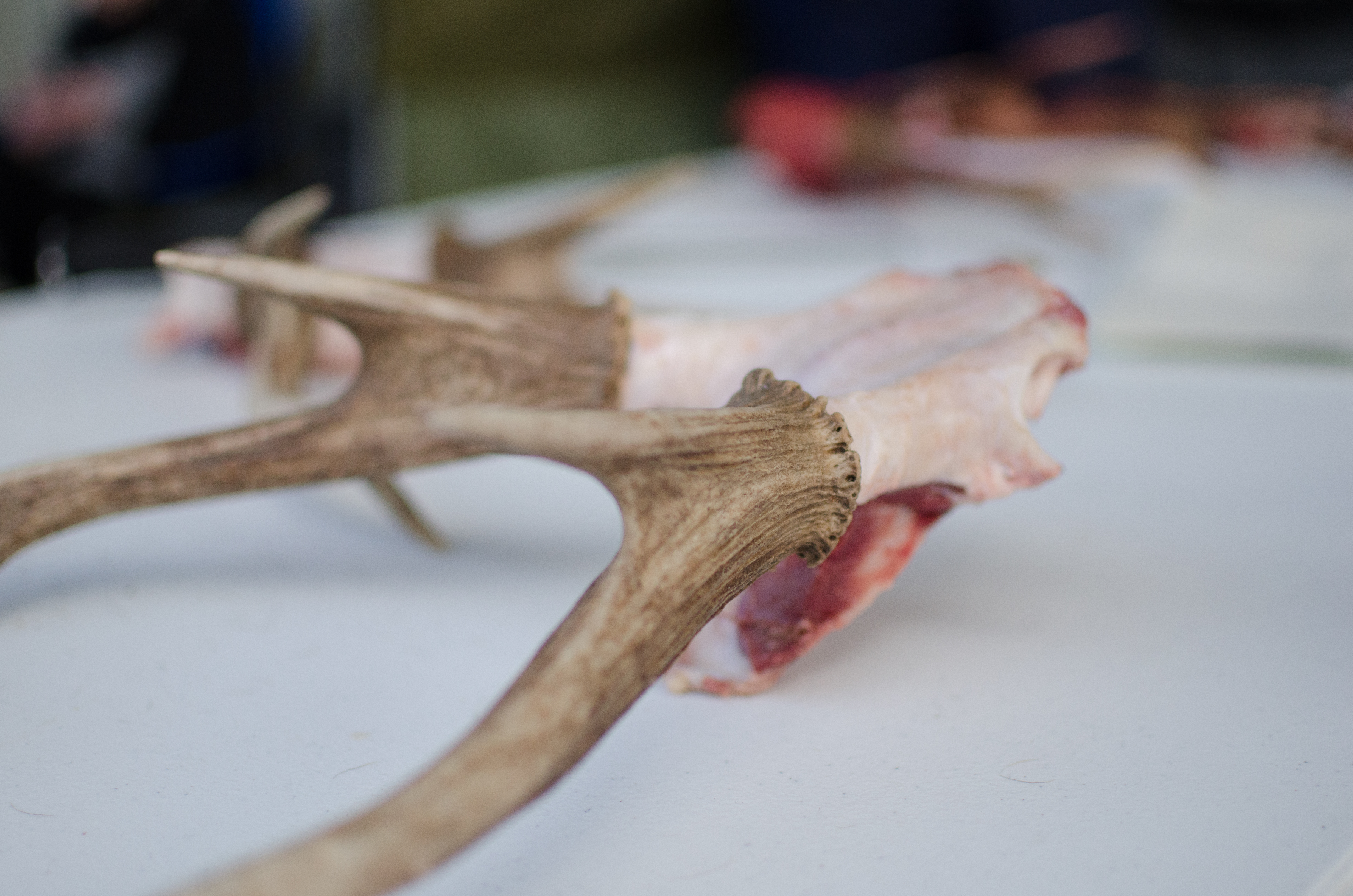 Many deer species were introduced to Victoria by the Acclimatisation Society in the mid-1800s and some have become established. Others have established through illegal releases or as escapees from deer farms. Of these, Sambar, Fallow and Red Deer are well established in Victoria.
Many deer species were introduced to Victoria by the Acclimatisation Society in the mid-1800s and some have become established. Others have established through illegal releases or as escapees from deer farms. Of these, Sambar, Fallow and Red Deer are well established in Victoria.
In order to manage game species effectively it is important to quantify the numbers harvested. Each year the Game Management Authority conducts phone surveys to estimate the number of deer, duck and quail harvested in the state.
The following reports detail the results of the those surveys.
2022
2022 Victorian deer harvest report
2021
2021 Victorian deer harvest report
2020
2020 Victorian deer harvest report
2019
2019 Victorian deer harvest report
2018
2018 Victorian Hog Deer harvest report
2018 Victorian deer harvest report
2017
Estimates of the 2017 deer harvest in Victoria
2017 Victorian Hog Deer harvest report
Estimates of harvest for deer, duck and quail from 1985 to 2015: Combining mail and telephone survey results (PDF version)
2016
Estimate of deer harvest in Victoria 2016
2016 Deer harvest summary sheet
Results of 2016 balloted Hog Deer hunting at Blond Bay State Game Reserve and Boole Poole Peninsula (PDF version)
Wilsons Promontory National Park Hog Deer Control Program Report 2016
2015
Estimate of harvest for deer in Victoria 2014 and 2015
Wilsons Promontory National Park Hog Deer Control Program Report 2015
Hog Deer checking station Survey 2015
2014
Estimates of harvest for deer, duck and quail in Victoria (PDF version)
2013
Estimates of harvest for deer, duck and quail in Victoria (PDF version) (Word Version)
2012
Estimates of harvest for deer, duck and quail in Victoria (PDF version) (Word Version)
2011
Estimates of harvest for deer, duck and quail in Victoria (PDF version) (Word Version)
2010
Estimates of harvest for deer, duck and quail in Victoria (PDF version) (Word Version)
2009
Estimates of harvest for deer, duck and quail in Victoria (PDF version) (Word Version)
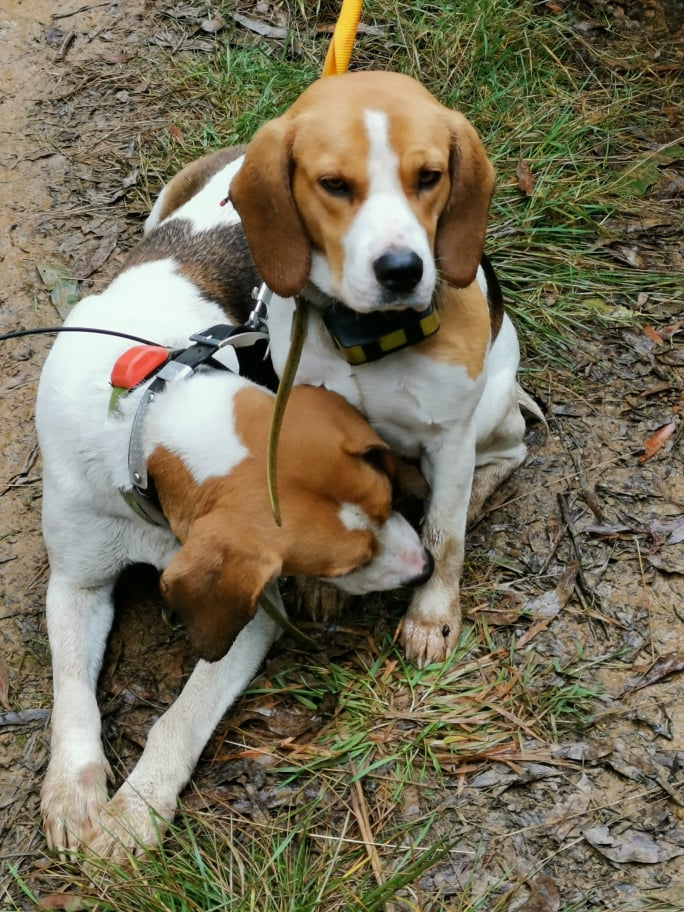 The GMA has conducted research into hound hunting for Sambar Deer in Victoria, in collaboration with Melbourne University and the Australian Deer Association.
The GMA has conducted research into hound hunting for Sambar Deer in Victoria, in collaboration with Melbourne University and the Australian Deer Association.
The aim of the research was to better understand what drives the effectiveness and efficiency of hound hunting. This research relied on hunters collecting and providing the GMA with data including hound pack size and shooting distance, which was then compared to geographic data to help measure efficiency in particular locations. The information provided by hound hunters allowed us to describe the various factors that influence hunt outcomes, such as hunt length. Hound hunting crews have volunteered to contribute to the research through the Australian Deer Association.
Previous research has relied on hunter surveys and measuring catch-per-unit-effort for the whole day, even if only part of the day was spent hunting. This research provides greater insights on a more detailed scale and provides a more accurate picture of the efficiency and effectiveness of hound hunting in Victoria.
Read the results in the research paper: Characterising a unique recreational hunting method: hound hunting of Sambar deer in Victoria, Australia
GMA recently completed research to quantify the killing efficiency and animal welfare outcomes of lead-based and lead-free (copper-based) bullets for ground-based shooting of sambar deer.
Data from recreational hunters and professional cullers was collected during 2020–2021. Shooters recorded rifle calibre, bullet mass and type, shooting distance, anatomical zones struck by bullets, and frequency of bullet exit wounds. The distance each deer moved from the point of bullet impact to point of death (known as flight distance) was also recorded. To examine the role of several predictor variables (including bullet type) potentially influencing flight distance, the dataset was reduced to those deer killed with a single thoracic shot.
Data was recorded from 124 deer shot with lead-based bullets and 152 with copper-based bullets. Most (87%) of the deer were killed with a single shot. The frequency of non-fatal wounding was <4% for both bullet types and there was no distinct difference in the probability of a single shot kill for deer shot with either bullet type. For those deer killed with a single thoracic shot (n=198), there was no evidence that bullet energy or shooting distance influenced flight distance. After accounting for differences in terminal kinetic energy, the mean flight distance of deer shot with copper bullets (35 m) was 56% greater than for those shot with lead bullets (22 m).
Lead-based and lead-free bullets produced similar animal welfare outcomes for shooting sambar deer. A transition to lead-free ammunition could be considered for shooting sambar deer with minimal reductions in efficiency or animal welfare outcomes.
For more information, read A comparison of lead-based and lead-free bullets for shooting Sambar Deer in Australia. (PDF - 2.5 MB)
Hog Deer research
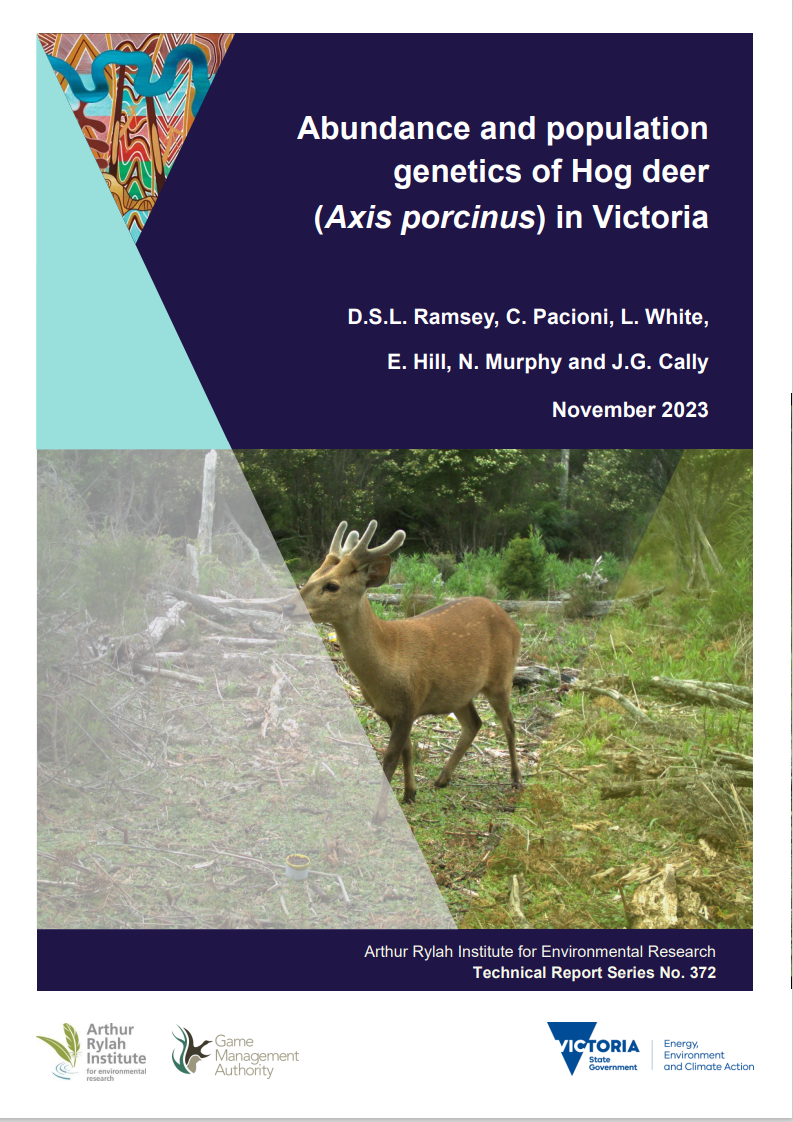
The abundance and density of Hog Deer was estimated using data from camera traps set at sites across coastal Gippsland from Lower Tarwin to Point Hicks.
See a full copy of the 2023 abundance and population genetics of Hog deer in Victoria report.
See a full copy of the 2019 abundance and population genetics of Hog Deer in Victoria report.
A recent study using genetic sequencing to estimate the population structure and diversity of Hog Deer in Victoria has confirmed that DNA can be used to map populations.
The findings come from a PhD project examining the genetics of hog deer in Victoria which was partly funded by the GMA.
The research aimed to investigate the population genetic structure and diversity of Hog Deer in Victoria and identify possible movement between populations.
A total of 231 hog deer tissue samples were collected from Hog Deer checking stations and field samples from hunters in Gippsland between 2008 and 2017. DNA was extracted to identify markers which could provide information on how individual deer genetically relate to each other to determine population diversity.
Results identified four distinct genetic clusters of deer and also provided evidence of recent translocations. Despite the low genetic diversity observed, the presence of distinct generic clusters across the Hog Deer range indicates population structure.
This research provides important insights into the genetic diversity of Hog Deer in Victoria and suggests that future management may need to consider genetics to support game management and pest animal objectives.
The GMA co-funded researchers from La Trobe University to create a DNA finger printing method for Hog Deer. The method uses small repeated sequences of DNA to identify individual deer.
The methodology used in the research could also be applied to other studies where individual identification is required, including wildlife forensics, compliance and abundance estimation.
The GMA co-funded and supported a study by La Trobe University to investigate Hog Deer population dispersal across Wilsons Promontory National Park (WPNP) using genetics.
DNA was extracted from tissue samples collected from Hog Deer culled during control operations. The DNA analysis allowed researchers to determine how genetically related the Hog Deer were to each other.
Results showed, family groups were not widely dispersed , suggesting their movement was approximately 5–10 km across the study area.
Researchers also found no evidence of sex-biased dispersal. The study concluded that Hog Deer in WPNP are genetically similar and there is limited dispersal across the study area. This suggests that recolonisation of Hog Deer or establishment in new areas is likely to be infrequent.
The GMA co-funded and supported researchers from La Trobe University to sequence the mitochondrial genome of Hog Deer from Victoria.
This study used next generation sequencing technology to sequence DNA extracted from Hog Deer liver samples collected from Sunday Island in Victoria.
The study also found that Hog Deer shared a 99.8 percent similarity with Chital Deer, a level of similarity that is higher than that observed between individuals of the same species. This study identified the need for further research to understand the similarity between Victorian Hog Deer and Chital Deer.
The GMA co-funded and supported a study to assess the genetic variation in the Victorian Hog Deer population.
Tissue samples were collected during the hunting seasons from 2015 to 2017 and supplied to researchers for DNA extraction and sequencing.
The study identified that Victorian Hog Deer have hybridised with Chital Deer, despite Chital Deer being no longer present in the wild in Victoria. The study also showed that Victorian Hog Deer population have very low genetic diversity.
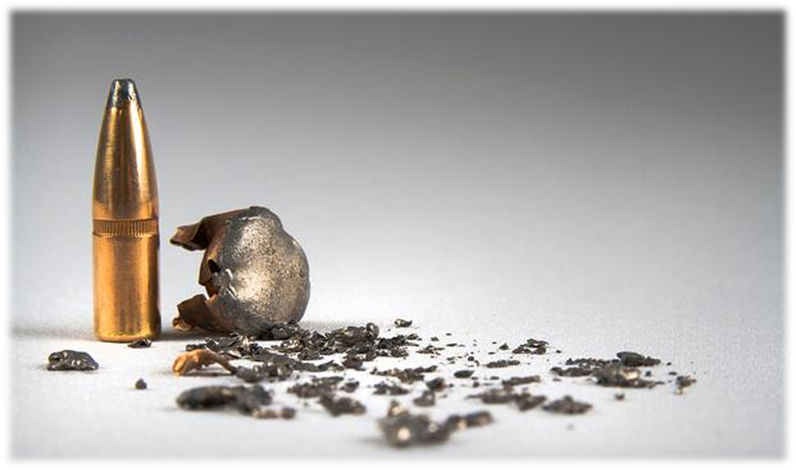 A recent study of Hog Deer shot during deer management programs at Wilsons Promontory National Park shows lead-based bullets pose a higher risk to wildlife scavengers and human consumers than lead-free bullets.
A recent study of Hog Deer shot during deer management programs at Wilsons Promontory National Park shows lead-based bullets pose a higher risk to wildlife scavengers and human consumers than lead-free bullets.
The GMA and researchers from the University of Melbourne used radiography (x-rays) to examine the carcasses of Hog Deer shot with both frangible lead-based bullets and monolithic lead-free (copper-based) bullets. X-rays were used to identify the total number of bullet fragments, the size of the fragments and the fragment ‘coverage area’. The presence or absence of bullet fragments in the loin (backstrap) and shoulder of the deer was also recorded to help assess the risk to human consumers.
The results showed Hog Deer shot with lead-based ammunition had an average of 256 lead fragments per carcass with a mean fragment size of 1.2mm2, 36 per cent had metallic fragments in the backstrap and 42 per cent had fragments in the shoulder muscle. The Hog Deer shot with lead-free ammunition had minimal fragments in the carcass, with an average of 0.5 metallic fragments per carcass and 29 per cent of carcasses with any fragments. No Hog Deer shot with lead-free ammunition had metallic fragments in the backstrap or shoulder muscles.
This study provides evidence that lead-based bullets pose a risk to wildlife scavengers and humans who consume meat from shot animals. Due to the toxicity of lead, the study recommends that wildlife managers and recreational hunters consider a timely transition to lead-free bullets.
For the full report, visit: the Environmental Management and Restoration ecology journal.
Page last updated: 16 Feb 2024
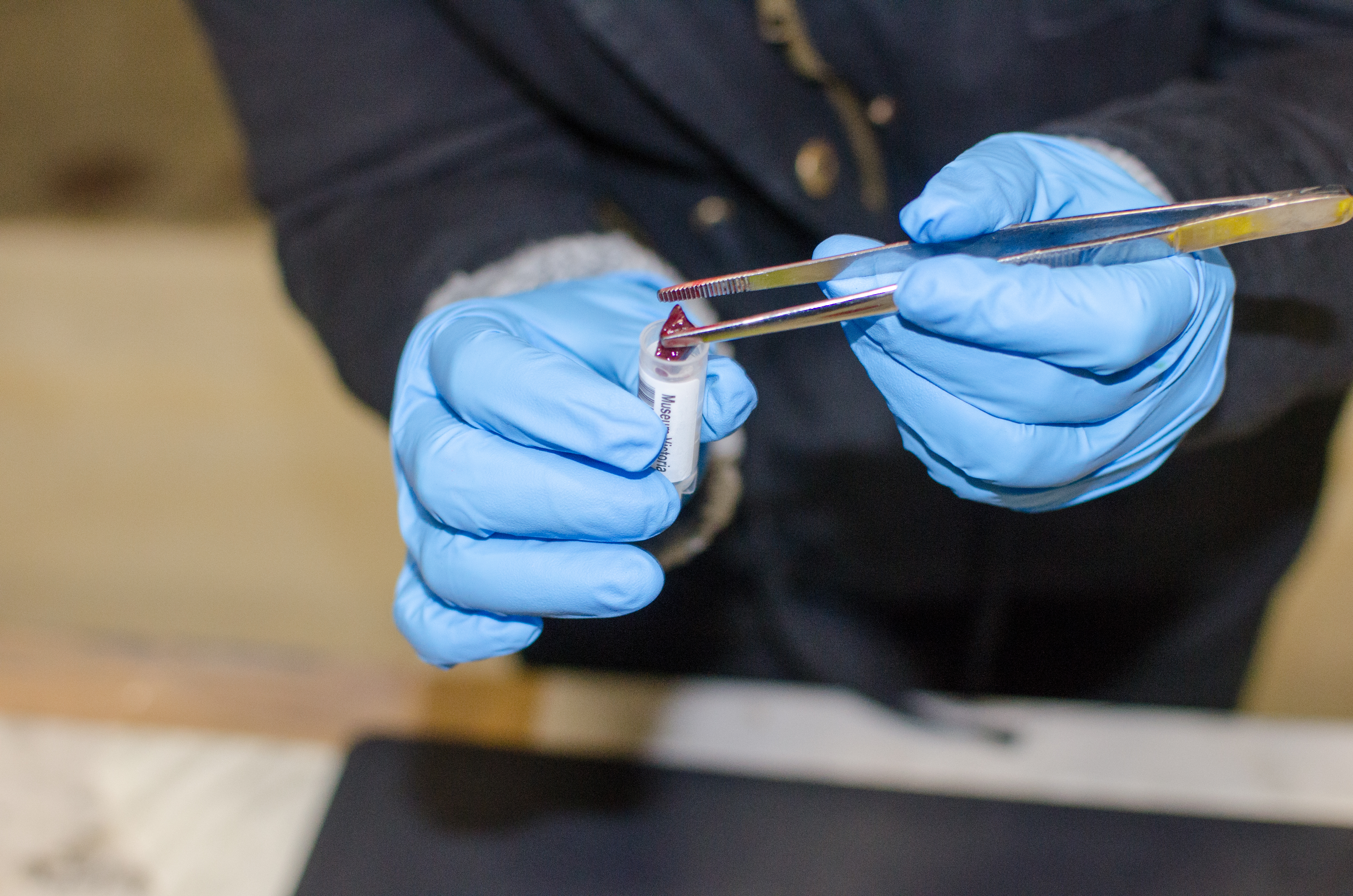 Genetic analysis of Hog Deer in Victoria/Australia and its applications to invasive species and game management.
Genetic analysis of Hog Deer in Victoria/Australia and its applications to invasive species and game management.